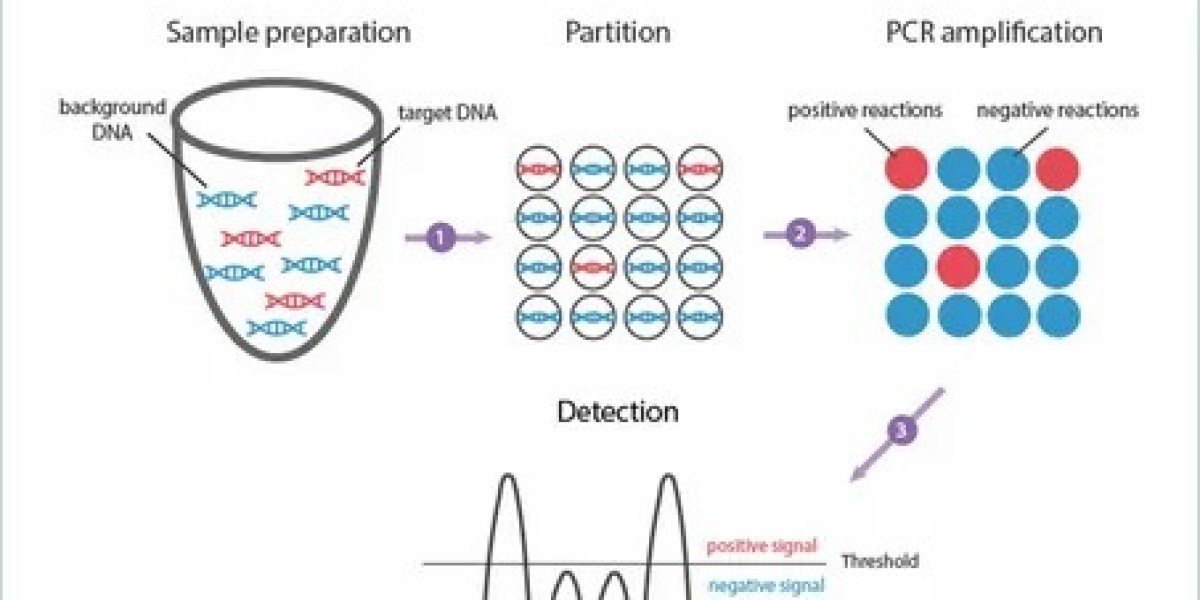“Quality is the extent to which the right procedure is done in the right way at the right time, and the correct interpretation is accurately and quickly communicated to the patient and referring physician.” Hillman et al
Teleradiology is playing a crucial role in delivering patient care with its prompt and quality service.
The quality of radiological reporting depends on multiple parameters apart from the internal review and external feedback system like
- Communication between the reporting radiologists and referring physician for better understanding of the case
- PACS and workflow management
- Operational team (CTC)
- Access to reporting tele-radiologist for clarification / discussion
The Internal Parameters can be listed as –
1. Internal Quality Assurance Team sets up an auditing system involving methodology on random review of the reports and peer reviews at regular intervals. The key performance indicators (KPIs) are prepared by the team in alignment with the organization’s objective and external auditor’s standards (if involved). The experts evaluate the reporting by carrying out random double reporting, peer review, and discuss the discrepancies with reporting radiologists.
Evaluation of the discrepancies, formulation, and implementation of corrective measures followed by evaluation of implementation is a cyclic process in order to improve the quality of report and service delivery. The option of contacting the reported tele-radiologist for further clarification and discussion on prognosis is available.
The new recruits are initially engaged in preliminary reporting for familiarization with the tele-reporting system and are supported with constant review and feedback. This also involves eLearning, teleconferencing, telemedicine, and other technological processes.
2. Procedure Protocol indicates the Right Procedure Right Way which impacts many other parameters. The protocol includes a checklist drafted by the team on imaging procedures, image uploading/transfer, availability of support documents, defined TAT for emergency regular cases, filled request form, to fro communication between the referring physician and reporting radiologists, assigning of images to radiologists, etc.
3. Credentials of the tele-radiologists including the sub-specialization and experience per se augment the value of the report. In critical cases like emergency / STAT reporting, the unique skill of picking up the hidden markers in a short time plays a critical or decisive role. Their clinical focus in reporting improves referring physician’s proficiency to advise or decide on suitable investigations/management of patients.
4. TAT is variable and crucial for referring physicians in taking control of the situation, be it for emergency or regular cases. Today, because of the technological benefits, the TAT for an emergency case is approximately less than 30 minutes whereas for any inpatient or outpatient 4 to 8 hours is maintained. Especially in teleradiology, the other factor which determines the TAT is mutual agreement between the service provider referring center and considering cost factor as well.
5. Miss Rate is determined by continuous reviewing of reports at regular intervals by the review panel and a lot of measures are undertaken to keep it low. The positive culture of the review panel establishes an environment that is instructive, supporting cognitive debiasing and retrospective analyses. Clients are also encouraged to report “misses” by categorizing them based on their implicating severity. Feedback and discussions with referring physicians help in the process.
The External Parameters which can be considered are
1. Client’s feedback system serves two purposes – understanding the quality of report and reporting services although both (service provider and referring center) would have laid down the SOPs to be followed at either end. The upload of images of other recently conducted investigations, along with other laboratory, pathology reports and previous documents like discharge summary / clinical and operational notes helps in the accurate and detailed interpretation of the images.
2. Accreditations by the authoritative body confirms compliance with protocols set by the authority matching the industry requirement and benefitting every stakeholder. Inspections are conducted to check the protocol implementation and service delivery at regular intervals and the certification is renewed accordingly. If any discrepancy is noticed, a Plan of Correction (POC) is provided with the timeline for implementation.
Cloudex Solutions ensuring the right procedure, the right way, right time, and correct interpretation
A team comprising of qualified experts like radiologists, clinicians, and technologists who are well supported with state-of-the-art RIS PACS technology, round the clock (24 x 7 x 365) reporting services complement to the client’s advantage. The objective of doing the right thing at right time in the right way is achieved by integrating programs to adhere to protocol, utilize the quality improvement tools, and conduct of skill up-gradation workshops.
Cloudex brimming with experts and a wide range of tele-reporting services ensures delivery of the correct interpretation at right time in the right way; enabling the healthcare service provider to deliver quality patient care without delay and assuring proper treatment saving on time and money.
At Cloudex, we support you to have that winning edge.









